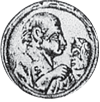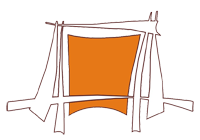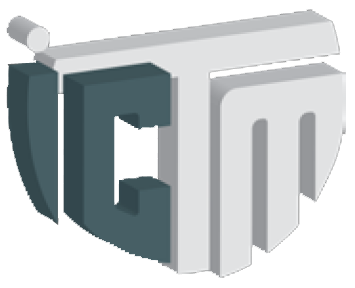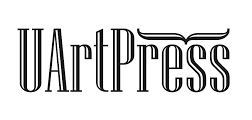The Role of Photojournalists that Cannot Be Replaced by Artificial Intelligence
DOI:
https://doi.org/10.46522/S.2024.02.7Kulcsszavak:
journalist, photo, visual, media, AIAbsztrakt
The profession of a photojournalist has become an inseparable part of the media industry for many years providing soulful images that can strengthen news and depict actual events visually. Even though the development of Artificial Intelligence (AI) can create images automatically, the existence of the photojournalist profession cannot be replaced because physical presence at a location can provide dimensions of emotion, human experience, and actuality that cannot be provided by AI. Even though AI can contribute in the form of interesting images, it still has weaknesses in terms of visual reality because the role of photojournalists as sensitive observers of the combination of feeling, taste, humanity, and visual experience will always be relevant and cannot be replaced in the media industry.
Hivatkozások
BROWN, Michale Cristopher. 90 Miles, [no date]. MCB. Online. Available from: https://michaelchristopherbrown.com/90miles [Accessed 5 April 2024].
DeVITO, J., 2016. The Interpersonal Communication Book 14th edition Global edition. New York: Pearson Education.
HIKMT, M M., 2018. Jurnalistik Literary Journalism. Jakarta: Prenada Media Group.
KUSUMANINGRAT, H. & KUSUMANINGRAT, P., 2017. Jurnaistik teori dan Praktik. Bandung: Remaja Rosdakarya.
McQUAIL, D., 1996. Teori Komunikasi Massa: Suatu Pengantar. Jakarta: Erlangga.
MULYANA, D., 2001. Nuansa-Nuansa Komunikasi (Meneropong Politik dan Budaya Komunikasi Manusia Kontenporer), Remaja Rosdakarya. Bandung.
SOBUR, A., 2015. Analisis Teks Media Suatu Pengantar untuk Analisis Wacana, Analisis Semiotik, dan Analisis Framing. Bandung: Remaja Rosdakarya.
ZAENUDIN, 2011. The Journalist. Bandung: Simbiosa Rekatama Media
Downloads
Megjelent
Hogyan kell idézni
Folyóirat szám
Rovat
License

This work is licensed under a Creative Commons Attribution 4.0 International License.

This work is licensed under a CC BY Creative Commons Attribution 4.0 International License, which permits any use, reproduction, distribution, self-archiving and citation of the work as long as the authors are credited. The complete bibliographical data of Symbolon Journal must also be indicated, which you can find in the How to cite section on this page. If possible, please also place a link leading to the original publication. Copyright of articles belongs to the authors.




